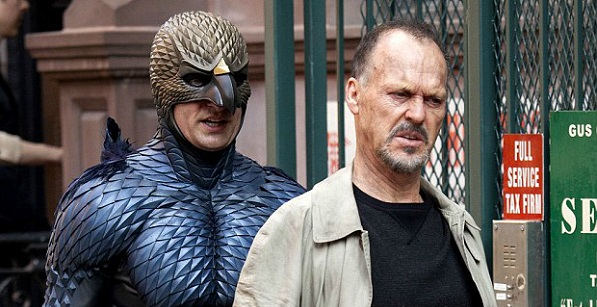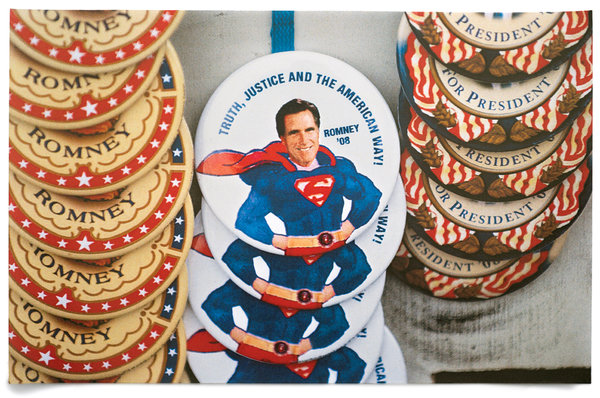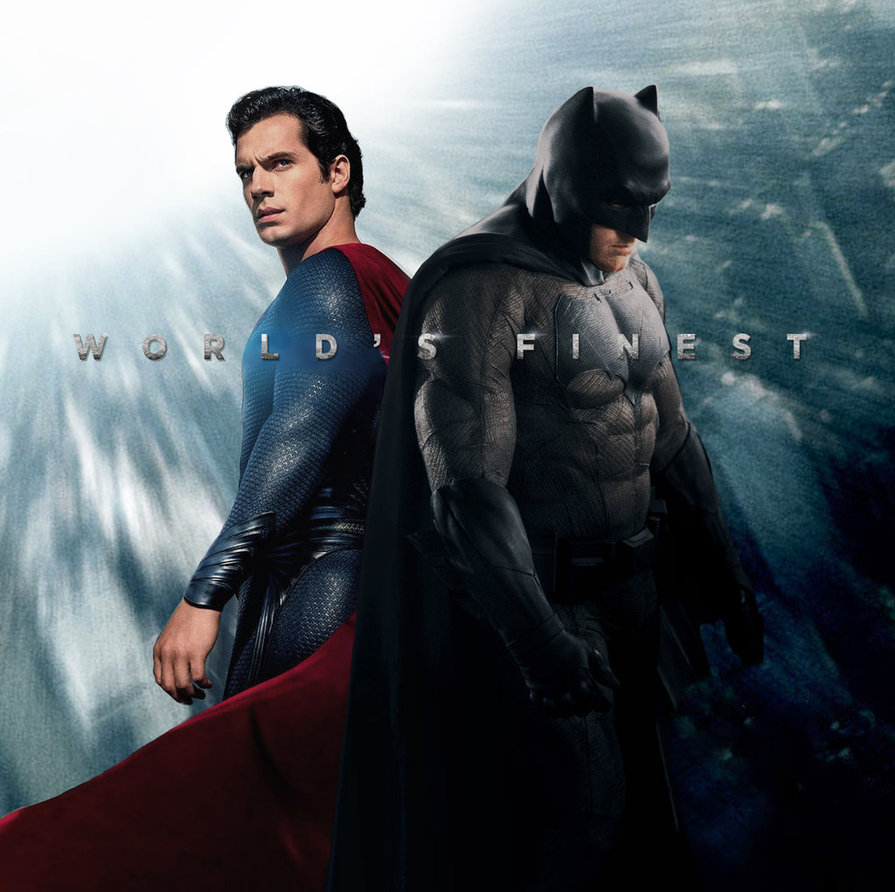
Well there you have it. A man flying through the air. A man who is, we are informed, “faster than a speeding bullet, more powerful than a locomotive, able to leap tall buildings in a single bound.”
Mighty impressive to five-year-old me. But what did it mean in actual practice? Superman was supposed to be a “crime-fighter.” How would being so fast, so powerful and being capable of leaping over buildings actually figure in his work? He was, first and foremost an ad hoc police detective. He didn’t actually work for the police (though he always worked with them), and through his alter-ego, “mild-mannered” newspaper reporter Clark Kent, was capable of operating on several social levels to solve crimes. Put it all together and you can see how appealing he was to adolescent boys back in 1938 when writer Jerry Siegel and artist Jerry Schuster created the character, and why his iconographic influence persists.
No surprise that a Superman movie was made ten years after his first appearance. But the character’s real cultural impact came four years after that with The Adventures of Superman, the TV series. Superman solved crimes and brought bad guys “to justice.” Still his flying ability was what impressed me most, and I’m sure I wasn’t the only kid who felt that way. But what did it mean in actual practice? That he could get places quickly, was an obvious advantage. But the bad guys didn’t have superpowers and were easily tracked down by un-super-powered earthlings. He may have had super-strength, but outside of knocking though a brick wall or two (again something a handy bulldozer could have done) Superman did no more to harm the baddies than a simple, non-locomotive-like sock to the jaw. This was fine in the fifties, and it did well in the sixties when It’s A Bird… It’s A Plane… It’s Superman, a musical by the creators of Bye Bye Birdie, premiered on Broadway. It was a modest success, but it certainly wasn’t Sondheim. And it didn’t burnish Superman’s pop culture “cred” all that much. That’s why there was an opening when, in 1978, a new cinematic entry starring Christopher Reeve appeared.
Special effects had improved considerably since 1952, and the flying became something quite special. And with Lois Lane (Margot Kidder) romantically locked in his arms, Supe took to the air with a big John Williams musical score behind him. There were three sequels but Superman’s appeal was on the wane well before the 1995 riding accident that rendered Reeve a quadriplegic and led to his death in 2004. This was the second Superman-related passing as George Reeves, who played Supe on TV, died under questionable circumstances in 1959, recounted rather blandly in a 2005 film called Hollywoodland starring Ben Affleck as Reeves.
Attempts at keeping Superman culturally alive have been made via the prequel series Smallville (2001-2011) (dealing with Supe as an adolescent) and the reboots Superman Returns (2006) with Brandon Routh and Man of Steel (2013 with Henry Cavil), both garnering only minimal public and critical attention. Still Superman persists in the imagination as evidenced by the extreme desperation of Mitt Romney to “identify” with him.

When it was published in 2000, Michael Chabon’s The Adventures of Kavalier and Clay garnered instant attention not just for its literary value but in the way it chose to deal with Shuster and Siegel as a roman a clef. The ever-canny Scott Rudin purchased the screen rights, but sadly a film has yet to materialize, and in the current climate might seem too intellectual for moviegoers besotted with comic strip heroes.
Yes, after all this time, and all these films, comic-strip heroes rule once more with all eyes turned towards Batman vs. Superman: Dawn of Justice (2016) which will star Henry Cavil as Supe and as Batman . . . Ben Affleck. Can you contain your excitement? I certainly can.

As has been noted in a carefully placed piece of pre-shooting publicity: “Affleck landed the role of the Dark Knight in Batman vs. Superman: Dawn of Justice around the same time that Gone Girl went before cameras and had to promptly start getting into Bat-shape. So during production Pike watched as her schlubby, puffy onscreen hubby steadily morphed into Gotham’s own Caped Crusader. ‘Throughout the movie, Ben was becoming Batman. By the time we were in the shower [in one scene], I was with Batman.'” How nice for her.
Invented by artist Bob Kane and writer Bill Finger a year after Superman, Batman was also an ad hoc detective. He had no superpowers. But he did have an alternate identity–civic-minded millionaire Bruce Wayne. Moreover as his aide Batman had Robin, Bruce Wayne’s “ward.” This inspired a crackpot psychologist named Dr. Fredric Wertham to pen Seduction of the Innocent in which he objects to comic strips for encouraging juvenile delinquency and homosexuality. Clearly Jews and homosexuals were out to destroy America. Lucky us.
There was a Batman movie in 1943, but the “Caped Crusader” made his real impact in 1966 with the Batman TV series, which unlike the Superman series presented his adventures as deliberate camp.
That wasn’t what Tim Burton had in mind when he rebooted Batman in 1989. Thanks to a series of serious-minded “graphic novels” Batman was rebooted yet again by director Christopher Nolan as Batman Begins, with two sequels the first of which The Dark Knight Rises (2008) garnered attention for the posthumously praised performance of Heath Ledger as The Joker.
Over and above all of the above there’s Spiderman, the first in 2002 starring Tobey Maguire, the second in 2012 with Andrew Garfield. In between there was the ill-fated Broadway musical Spiderman: Turn Off the Dark in 2012. With music by Bono and direction by Julie Taymor–whose much-loved stage version of Disney’s The Lion King was a huge hit—Turn Off The Dark was for a time Broadway’s most-talked-about msifire.
So is there anything left to say about all of this? Apparently there is, for now as if in response to the overweening post-modernity of it all we have Birdman (or The Unexpected Virtue of Ignorance). Here’s the trailer.
Directed by Alejandro González Iñárritu (creator of such arthouse items as Amore Perros and Babel), Birdman concerns the former star of a film series of the same name, now washed-up and trying desperately to reboot his career through a Broadway play adapted from the writings of Raymond Carver. As is obvious, Keaton is “typecast.” As is less obvious he and Edward Norton as a hotshot actor cast in the play with whom he argues constantly (clearly modeled after the late Heath Ledger) are both awful.
There hasn’t been this much fetid ham on screen since Bela Lugosi Meets A Brooklyn Gorilla. He doesn’t solve crimes. He doesn’t stand for “Truth, Justice and The American Way.” He cares for nothing but his paunchy washed-up self. How it will do with the public remains to be seen. But it’s clear that comic-strip heroes are here to stay thanks to Stan Lee’s Guardians of the Galaxy and The Avengers.
Lee is worshiped as a god by the characters of The Big Bang Theory, a TV sitcom about a group of genius “nerds” who while working on the intellectual level of Stephen Hawking bide their spare time at a comic book story, collecting “superhero” adventures. Interestingly Lee’s most intellectual fan was the late great Alain Resnais. They planned two film projects together in the early seventies: The Inmates and The Monster Maker. The latter was to have concerned world-wide pollution. It’s doubtful there’s anyone around who’s willing or able to take them up.
Resnais, for his part, referenced comic books in his Toute le Memoire du Monde. Mandrake the Magician is shown as being part of the collection of the Bibliotheque Nationale. Resnais claimed he learned everything about editing from the comic strip entitled The Heart of Juliet Jones, whose influence can clearly be seen in the first scene of Muriel.
Lee meanwhile continues apace as his Marvel Comics break box office record after box office record via the X-Men / Iron Man series. Both of these superheroes fly. The same can’t be said of the greatest Birdman of them all, created by Georges Franju in 1963. As you can see form this clip he’s entirely earthbound.
And super.
Take that, Stan Lee!



